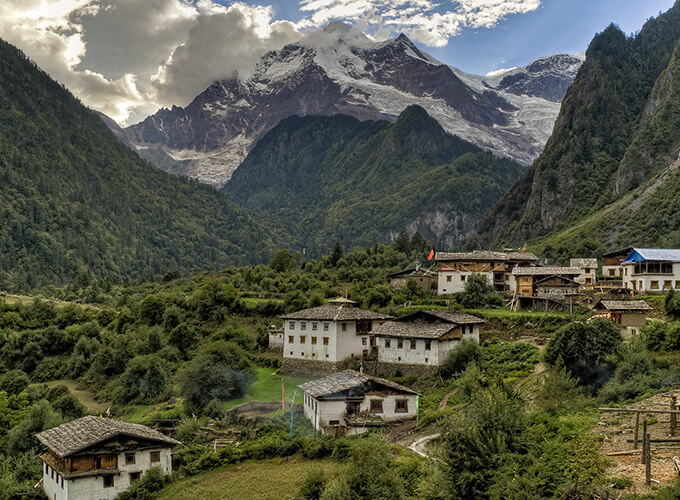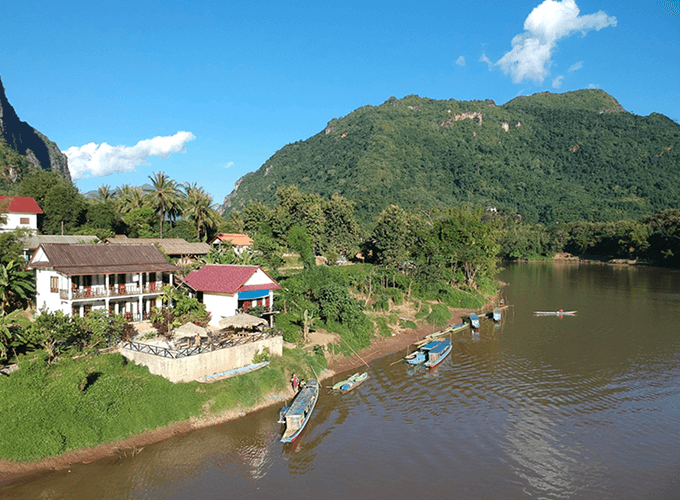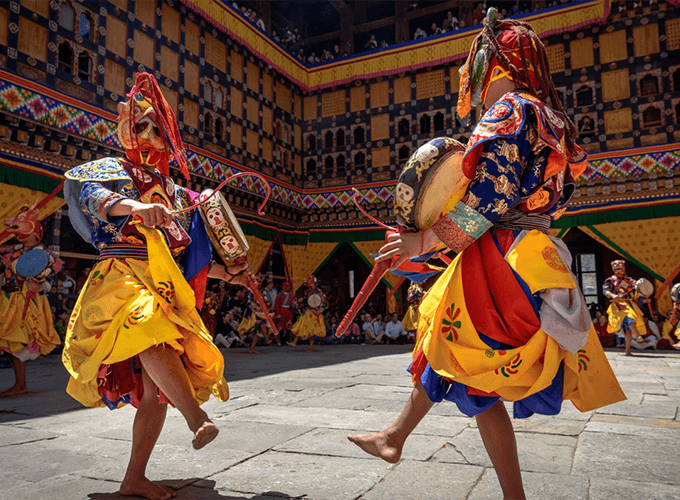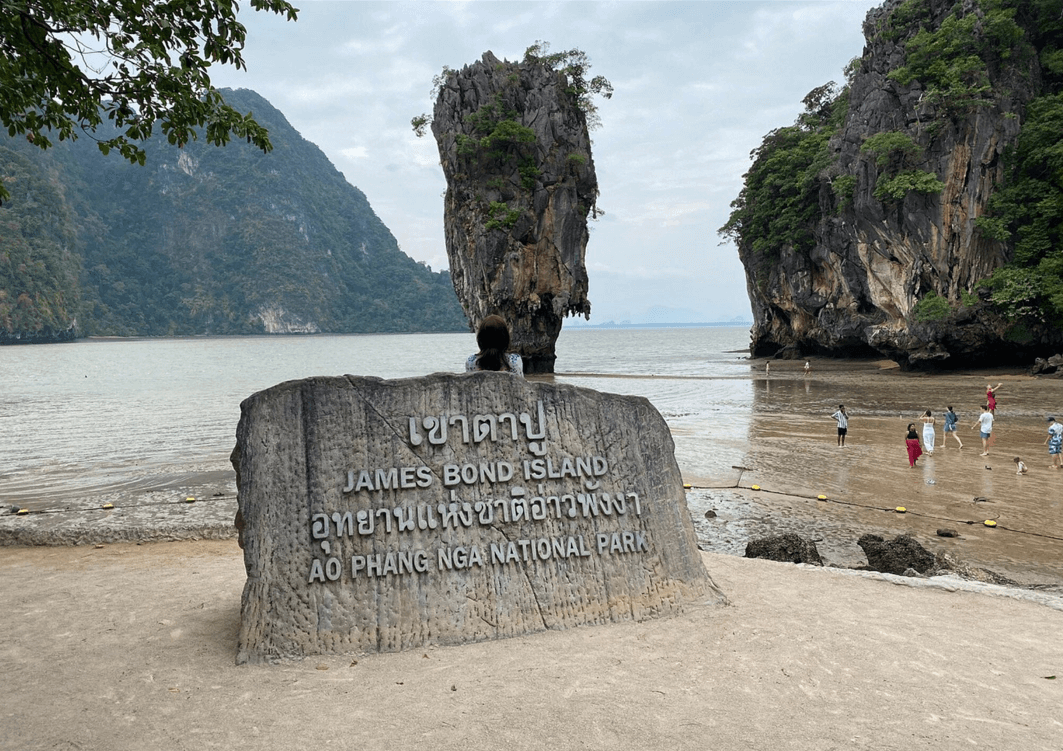Thailand’s Weather
Thailand is famous throughout the world for its bustling cities, tropical offerings, delicious cuisine and friendly locals. When speaking of travel hotspots in Asia, it has long since been one of the world’s favorites. When it comes to weather in Thailand, things stay pretty simple for the most part: there’s the hot, dry season, and the wet season. Straying from the standard is the far southern region of the peninsula, where monsoon seasons arrive at varying times compared to the rest of the country.
While not every day is a beach day, Thailand’s various weather patterns don’t hinder travellers from enjoying their time in the Kingdom. Even when it’s raining, there are still plenty of options for things to do!
North & Central Thailand: Chiang Rai, Chiang Mai, Bangkok, Kanchanaburi & Isaan
Northern and central Thailand’s dry season, where little to no rain is expected, spans between November until the end of May. The coolest months are during the winter time (getting as low as 17 degrees at higher altitudes), and temperatures begin to rise around late January, reaching their peak (up to 40 degrees) between April and May.
The monsoon season generally begins around June (temperatures around 30 degrees), with the arrival of short-lived downpours. The sporadic bursts of rain slowly progress as the months carry along, reaching their peak in August and September. By the time November rolls around, the rainfall and humidity decrease, with dry weather coming back on the map in the following 6 months.
Southern Thailand: Along the Gulf: Hua Hin, Cha Am, Koh Samui, Koh Phangan, Koh Tao
Along southern Thailand’s eastern coast, there is a gradual development between the warm, hot and humid, and monsoon season. The best weather falls between December and February, when sunshine, warm temperatures and little to no rain is expected. When March hits, the temperatures slowly begin the climb, with averages around the low to mid 30s. Peak temperatures hit between April and May, when the heat can climb to the upper end of the 30s.
By the beginning of June, the rains slowly start to move into the region, coming in short squalls that usually make way for breaks of sunshine. By the end of the summer months (August/September), the region is in full monsoon season with daily rains and high humidity. Rain reaches its peak around October, finally breaking towards the latter half of November for the better part of the season. Straying from the norm, Hua Hin and Cha Am only experience heavy rains between September and October.
Southern Thailand: Along the Andaman: Phuket, Krabi & Khao Sok; Koh Phi Phi, Khao Lak, Koh Lanta
Thailand’s coast along the Andaman enjoys its best season between November and March. Temperatures are warm, however constant sea breezes keep things relatively cool, with average temperatures hovering around high 20s. As March leads into April and May, the temperatures rise and the breezes cease, bringing more humidity with the warmth. Temperatures during this time creep into the mid 30s, which still prove to be ideal for beach goers.
Towards the end of May, the weather starts to make a change for the worse, with the monsoon season kicking into full force. Rain can be expected across the region up until October, with peak rains falling in September. Outside the heavy rains of September/October, rains generally come in short bursts, particularly in the afternoon. Despite being slightly inland, Khao Sok National Park observes similar weather patterns as its Andaman-hugging neighbors. Being one of the wettest parts of the country, it experiences some form of rainfall year round, which, ironically, makes for the best wildlife spotting.
What is the best time of year to visit Thailand?
The high season for travel in Thailand in general is between November and February. For northern Thailand, the dry season lasts from November until May, with most of the rainfall occurring between June and October. October to January marks the coolest period in the north, with lower temperatures proving to be ideal for travel.
In southern Thailand, the wet months span between April and October, while the eastern parts of the country experience the heaviest rainfall from September to December. Outside these wet months, the country experiences hot, relatively dry weather




















